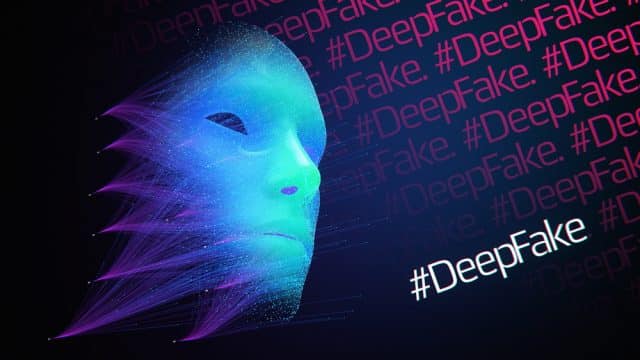Deepfake content rises 900 percent

The number of deepfake videos online is increasing at an annual rate of 900 percent according to the World Economic Forum.
In the light of this Kaspersky researchers have revealed the top three fraud schemes using deepfakes that people should be aware of.
Financial fraud is a common use of deepfakes, such as last year's video of Elon Musk promoting a dubious cryptocurrency scheme. To create deepfakes like this one, scammers use footage of celebrities or splice together old videos, and launch live streams on social media platforms, promising to double any cryptocurrency payment sent to them.
Deepfakes are also used to violate privacy or harm reputations, for example by putting someone's face into a pornographic video.
But deepfakes are used to target businesses too. There is a known case where cybercriminals managed to deceive a bank manager in the UAE, allowing them to steal $35 million. This scam used a voice deepfake -- just a small recording of the voice of the employee's boss was enough to generate a convincing deepfake.
"One of the most serious threats that deepfake poses to business is not always the theft of corporate data. Sometimes reputational risks can have very severe consequences. Imagine a video is published in which your executive (apparently) makes polarizing statements on sensitive issues. For corporations, this can quickly lead to a crash in share prices. However, despite the fact that the risks of such a threat are extremely high, the chance that you will be attacked in this way remains extremely low due to the cost of creating deepfakes and the fact that few attackers are able to create a high-quality deepfake," says Dmitry Anikin, senior security expert at Kaspersky.
So how can businesses defend against deepfakes? Kaspersky recommends awareness training to ensure employees understand what deepfakes are, how they work, and the challenges they can pose. You should also ensure you use good quality news sources and develop a skeptical attitude to voicemail and videos, looking out for clues like lips poorly synched with speech.
Anikin adds, "What you can do today is to be aware of the key characteristics of deepfake videos to look out and keep a skeptical attitude to voicemail and videos you receive. Also, ensure your employees understand what deepfake is and how they can recognize it: for instance, jerky movement, shifts in skin tone, strange blinking or no blinking at all, and so on."
Image credit: dkcreative/depositphotos.com